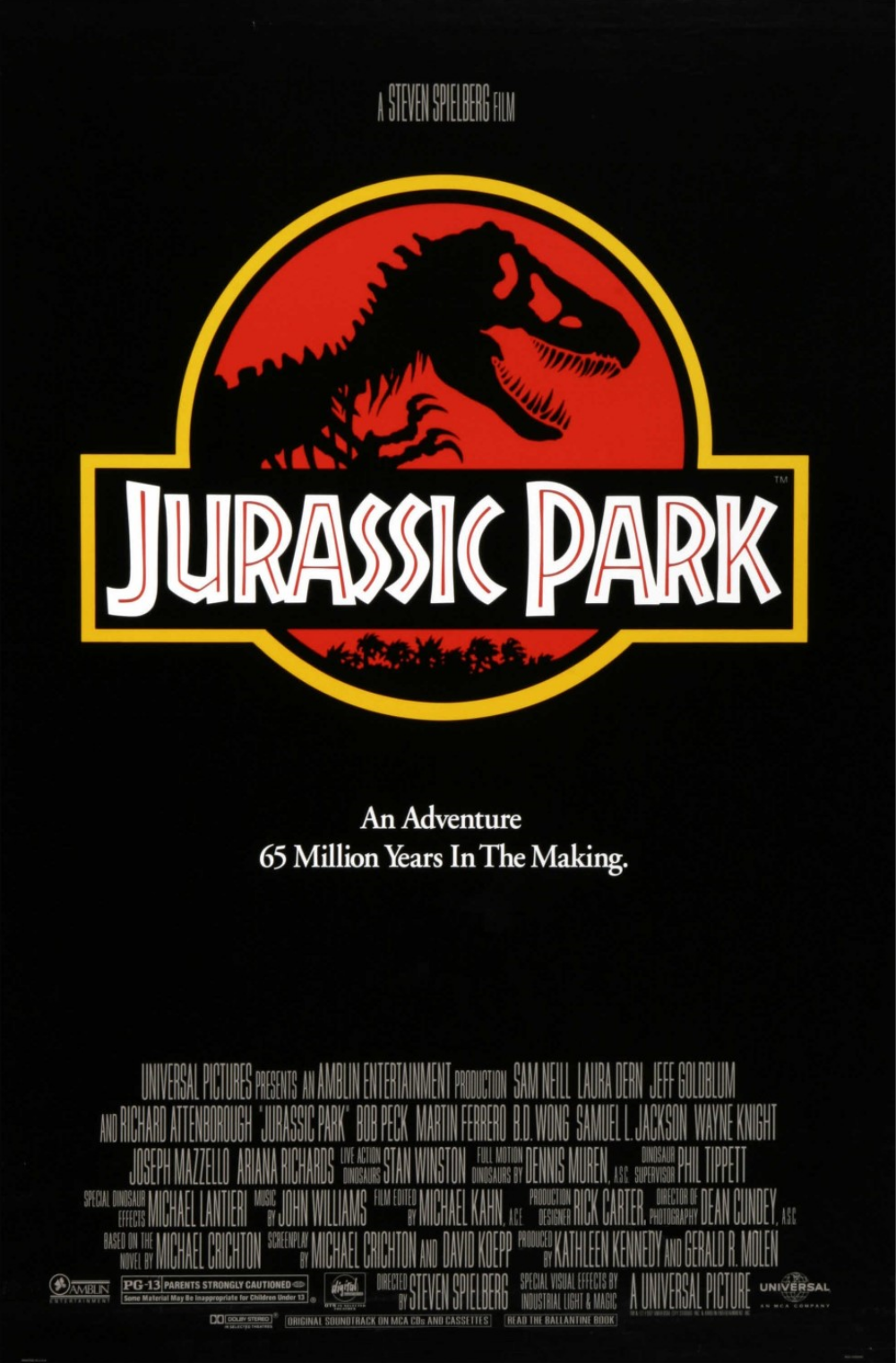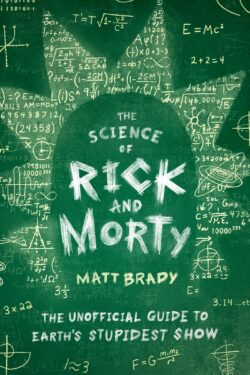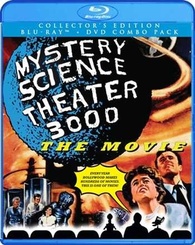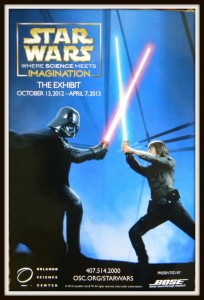Matt Brady is a high school science teacher and pop culture writer based in North Carolina. Prior to working in education, Brady co-founded and was editor-in-chief of Newsarama, which received the first Eisner Award for Best Comics-related Journalism. Brady is also the founder of The Science Of…, a website that uses pop culture to help us better understand science. Media Mikes had a chance to chat with Matt about his new book “The Science of Rick and Morty”.
Mike Gencarelli: When did you first encounter Cartoon Network’s Rick and Morty and why did it spark your interest?
Matt Brady: I think I found it like a lot of its audience – through the word of mouth of the internet – memes, clips and jokes. I got into it shortly after season 1 had wrapped so I inhaled that, and was waiting and then watching along with everyone else for season 2 and 3.
I dug it from the start due to the characters. I guess it’s probably not the best thing to say that every now and then, Rick would have a line or a comeback I wish I had – or rather, could – use with someone, and I love it. The dynamic between all the characters was something new, and went in directions that I hadn’t seen before – which made it even better.
The science was honestly, at the start, gravy. I really liked the call outs and the references to larger concepts with scientific footing, but yeah – it was the characters that hooked me, and the science that helped to keep me.
MG: Being a high school science teacher, tell us how and why you use pop culture, like Rick and Morty, in your classroom?
MB: After I left Newsarama.com ten years or so ago, I went straight into teaching at a Title 1 high school. “Title 1” has nothing to do with athletics or honestly, anything that…braggy. It’s just a classification that schools are in when a set percentage of their students qualify for free and reduced lunch. In simpler words, it’s an index of poverty.
So there I was, a middle-aged white dude in a class of minority students who were giving me nothing but the side-eye. I figured out fast that I needed some kind of middle ground where we could all meet, and that was pop culture. I was still steeped in it, so I tried it out with my students…I think my first foray was a Flash problem set about velocity. Looking back on it, it was pretty rough, but hey – there was a sheet with a picture of The Flash on it, and some science stuff that they recognized.
Using pop culture helps to engage my kids with the material, and gives them a sense of “ownership” – they feel that they, in a way, “own” say, the CW’s Flash or Arrow (at that time, they were huge with my kids), so their attraction would pull them along. Moving on, I found The Fast and the Furious, Deadpool, Black Panther, Ant-Man, and loads more references that helped to engage my kids.
I mean, when you think about it – pop culture has no native language…it’s just cool. With some judicious picking of samples that are appropriate for your students and aligned to the science standard you’re teaching, you can have kids eating out of your hand. And on top of that, my kids started seeing me as a person, rather than “that white guy,” or just a “teacher,” something just a little bit better than a robot.
Bringing pop culture in was and has been one of the most rewarding things about teaching in my career to date.
MG: Which of Rick’s experiments were you most shocked about being able to becoming a reality?
MB: Easy – altering memories. Memories are largely structure – the connections between various neurons in the brain that make a pathway. Once that pathway is laid down, you’ve got a memory. Want to remember something? That pathway lights up again, either directly “p comes before t in the alphabet,” or indirectly like when you have to sing the alphabet song to find that piece of information. You’re coming in a side door to that particular memory.
But – the thing is, when those memories are being recalled – remembered – they’re vulnerable. They’re open to re-forming their pathways if you repeat the information that made them, but those pathways can re-form in different ways if new information is added in or swapped out for some of the original information. Do it subtly enough, and you can change people’s memories. I mean – not like to the point you’re remembering Hamurai or Cousin Nick who’ve always been around and part of the family, but in pretty insidious ways.
There’s evidence that some “repressed” memories that have put people in jail were memories that had been altered – innocently – by therapists in this fashion. Also, there was a study that was being conducted where the researchers were testing their ability to change the long-held memories of people, and they did it so well, they had to cancel the study, and assure the subjects that their original memories, which they were now questioning, were in fact, real.
It’s fun stuff when it shows up on Rick and Morty, but in real life…yikes.
MG: What do you think makes this show so popular?
MB: The characters and their relationships. They’re so rich, and have grown over the three seasons, and we still have no idea how much deeper they go.
Don’t get me wrong – the science is great, but if the characters weren’t who they are, no one would even tune in to hear about “concentrated dark matter” or uplifting Snowflake into a hyper-intelligent dog.
This show has such an expansive and complicated universe surrounding it. Did you ever this you would be discussing turning yourself into a pickle in the same sentence as dark matter and energy and intelligence hacking?
Well, honestly there were some things I did skip that were just waaaay too out there to consider – like turning yourself into a pickle. But yeah – dark matter and intelligence hacking are in there.
But all in all, I never thought I would end up covering such a wide swath of science, no. But that’s the show for you – anything’s possible, and whenever they can, Justin Roiland, Dan Harmon and the writers like to tag some real science mention to it that gives fans a hint of the real deal that gave the idea in the show its inspiration.
MG: What was your biggest challenge in writing The Science of Rick and Morty?
MB: Leaving stuff behind was one. You mentioned turning into a pickle. Given enough time, I could’ve probably finished thinking of a way to throw some science at it…maybe he placed just a replica of his brain in there, and then…hmmm…
Also – just getting what I got in there in the first place. A lot of the science in the show that I did pull into the book is at the fringes of what we think we might…someday be able to do with it, but that meant going to those fringes, talking to researchers there and turning what they said and what I read into something I could wrap my head around. There were days, after talking to some folks that literally felt like I was stoned, and maybe started to question reality a little too much.
MG: You are the founder of TheScienceOf.org website. How did your idea for the site come about and what can readers learn from the site?
MB: The site is something that my wife and I started (she’s a science teacher too) when we realized that we could use it to reach other teachers who wanted to use methods similar to what we do, and also as a place where I could just write about pop culture meeting science. In all the articles there, I’m always careful to approach the subject so as not to rain on anyone’s parade. I’m not interested in telling people that Superman can’t fly, or Iron Man’s suit is impossible. That’s just not cool.
I want the science in pop culture to do for others what it did for me – inspire. I’m old enough to have watched Star Trek after school when I was young, and – along with a lot of other folks who went on to NASA, JPL and a lot of other places, dreamed about a world where communicators were real things, and we could visit other planets. I firmly believe that we imagine our collective future, and science fiction and pop culture is one of our most important guides. Why would I ever want to throw the door closed on someone who’s thinking that a world with Iron Man suits would be really cool, and is starting to play with their school’s 3D printer and some cardboard, along with some circuit boards and LEDs? I want that kid to build that suit, not have a dream crushed because someone smacked their hero with science. So yeah – please come on by and check out some of the articles. It’s not updated as frequently as I’d like, but hey…that classroom keeps me pretty busy, too.
MG: What can we expect next from you?
MB: More on the site – I hope…and hopefully, another book. Still working out some details now, but there is something definitely on that back burner that’s moving up to the front. I’ve also written science columns in Tom Peyer and Jamal Igle’s “The Wrong Earth” and have more coming up in the Dragonfly Man miniseries this fall. Bits and pieces of science and pop culture all over.
Matt will be signing copies of “The Science of Rick and Morty” at the Simon & Schuster booth at NYCC on 10/5 at 10:30 AM
And also be sure to follow him on social media:
Twitter: @Scienceof_org
FB: @thesciof







 I am a huge sci-fi junkie whether it is kicking back watching Syfy Channel for the last 20 years or eating out at the Sci-Fi Diner at Hollywood Studios in Walt Disney World. It is a very big part of my life. When I found out that Syfy Channel was advertising this book during two-day “The Twilight Zone” New Years Marathon, I knew I just had to have it. The book is very snazzy looking, courtesy of Universe Publishing. It is a really sharp book and also a real good page-turner. There are a few things that I would have liked to see a little more and some things a little less. As a fan, the sci-fi genre is way to large to encompass in just one 250+ page book. This is perfect that what it is aiming to be and with Syfy behind it you know that means great content and quality. It gives a general overview spanning over everything that has inspired science-fiction fans to love this genre for many many years. You like “Star Trek”? “Star Wars”? “Doctor Who”? Then this book is for you!
I am a huge sci-fi junkie whether it is kicking back watching Syfy Channel for the last 20 years or eating out at the Sci-Fi Diner at Hollywood Studios in Walt Disney World. It is a very big part of my life. When I found out that Syfy Channel was advertising this book during two-day “The Twilight Zone” New Years Marathon, I knew I just had to have it. The book is very snazzy looking, courtesy of Universe Publishing. It is a really sharp book and also a real good page-turner. There are a few things that I would have liked to see a little more and some things a little less. As a fan, the sci-fi genre is way to large to encompass in just one 250+ page book. This is perfect that what it is aiming to be and with Syfy behind it you know that means great content and quality. It gives a general overview spanning over everything that has inspired science-fiction fans to love this genre for many many years. You like “Star Trek”? “Star Wars”? “Doctor Who”? Then this book is for you!